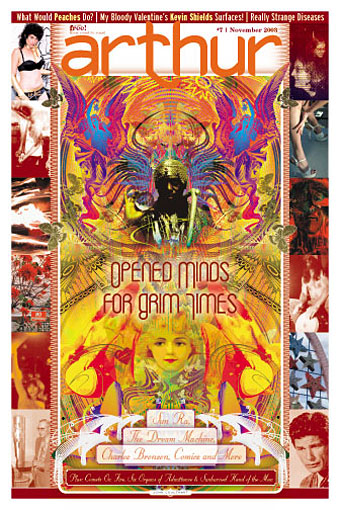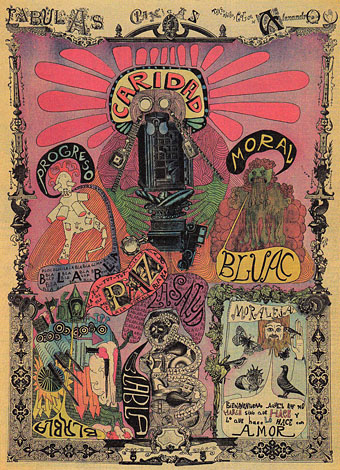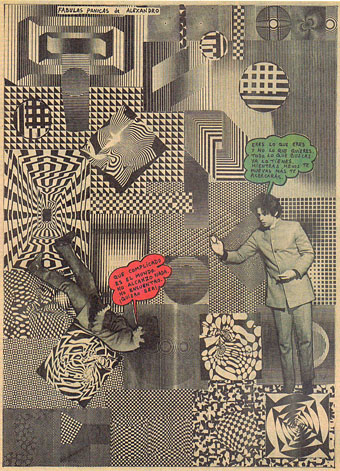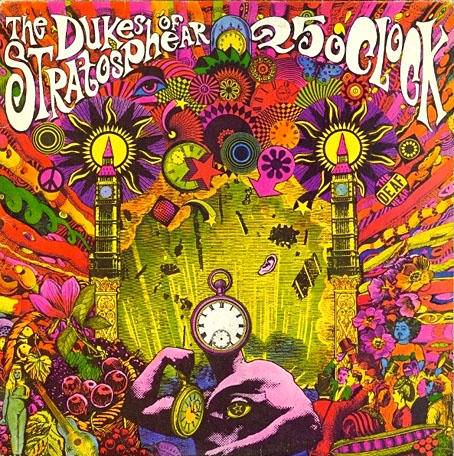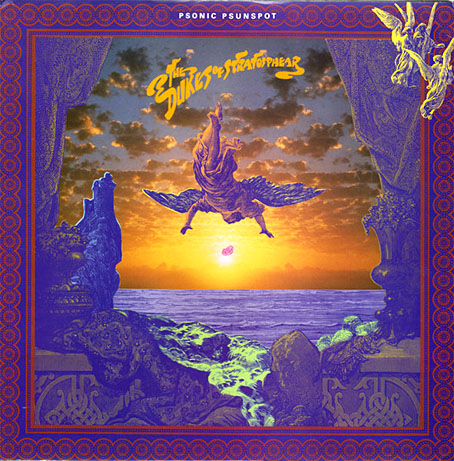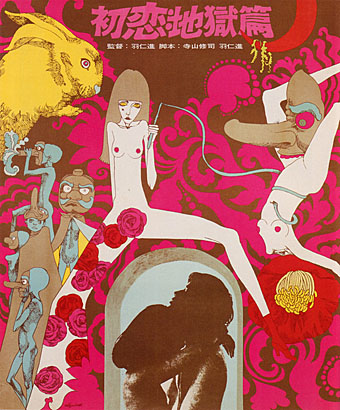
First Love Inferno (1968).
There’s very little web information available for Aquirax Uno, a Japanese artist active in the 1960s and 1970s who really ought to have a dedicated site. Much of his work seems to be poster art for cinema or product advertising, and, as usual on the web, what there is tends to get repeated a great deal. You can see more examples like these at Pink Tentacle, Ganymede Kids and Beautiful/Decay.
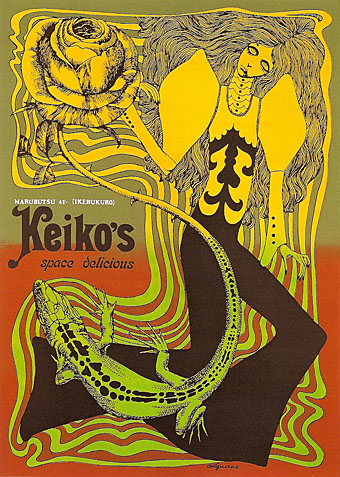
Keiko’s at Marubutsu Department Store (1967).
Previously on { feuilleton }
• Alice in Acidland
• Salomé posters
• Polish posters: Freedom on the Fence
• Kaleidoscope: the switched-on thriller
• The Robing of The Birds
• Franciszek Starowieyski, 1930–2009
• Dallamano’s Dorian Gray
• Czech film posters
• The poster art of Richard Amsel
• Bollywood posters
• Lussuria, Invidia, Superbia
• The poster art of Bob Peak
• A premonition of Premonition
• Metropolis posters
• Film noir posters


